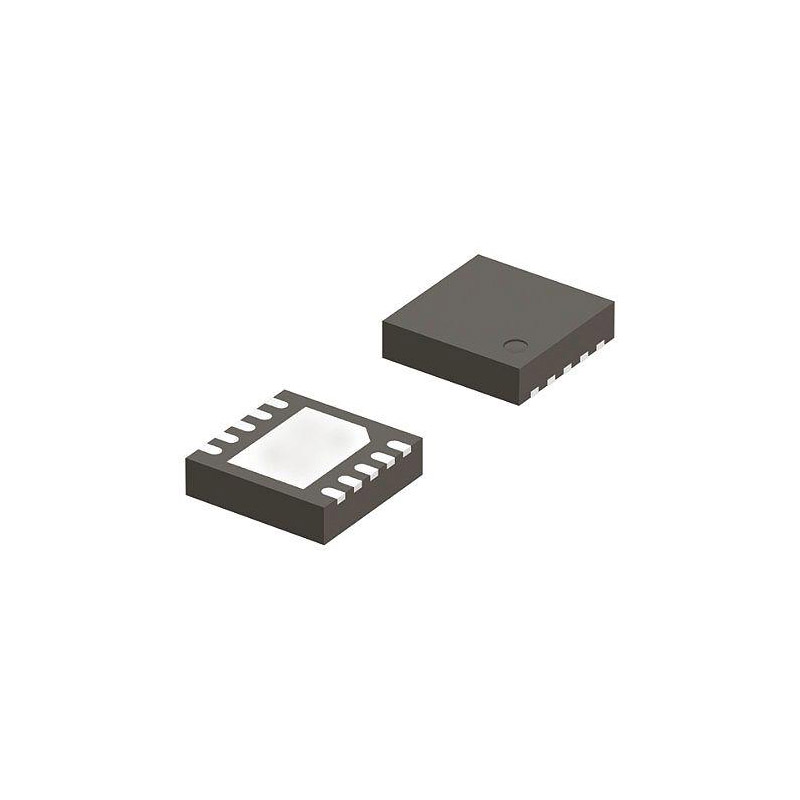Creating a Superior Smart Display Experience with DLP Pico Technology
Update Time: Apr 04, 2023 Readership: 3419
Contents
In today's world, technology has become an essential part of our daily lives, and one of the most significant technological advancements in recent years is the development of DLP Pico technology.
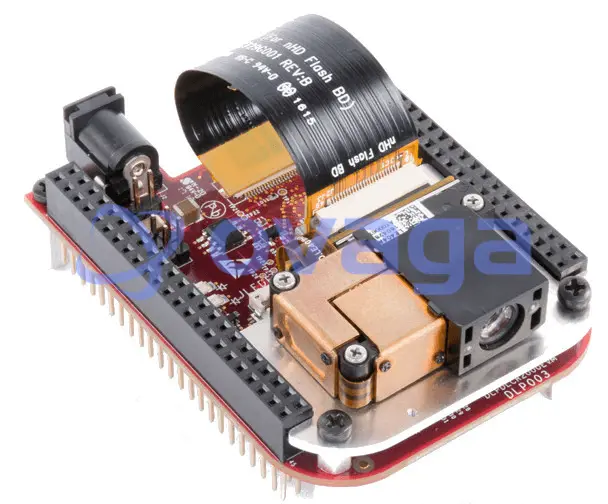
This technology has revolutionized the way we perceive and interact with display devices. With its small form factor, low power consumption, and high-resolution output, DLP Pico technology has opened up new possibilities for creating superior smart display experiences.
Creating a Superior Smart Display Experience with DLP® Pico™ Technology
Smart speakers will become commonplace in more and more homes as consumers continue to adopt Internet of Things (IoT) solutions to connect devices within the home to external and internal networks. In fact, the smart speaker market is likely to continue to grow at a high rate; according to Juniper Research, devices such as Amazon Echo, Google Home, Apple HomePod and Sonos One will be prevalent in most U.S. homes by 2022.
Find the Optoelectronics chips here >>
Conventional smart speakers use audio for feedback, but a new generation of products called smart displays (or smart speakers with displays) can enrich the user experience with visual content (such as explainer videos, recipes and photos). However, large LCD displays are difficult to package into compact home speakers, and DLP® technology opens up more possibilities for designers by replacing conventional LCD screens with projection.
How Smart Displays and Virtual Assistants Work Together
Similar to the adoption of center console displays in cars, consumers are demanding more visual content from their home information and entertainment centers.
Having a simplified visual interface can enhance the content offered by today's smart speakers. The images displayed need to be simple and require less touch interaction because users typically view them from a distance of at least a few feet. For example, when you say, "Alexa, what's on my shopping list?" the smart display should display large, bright text that can be easily read from a distance.
Unique Requirements for Smart Displays (HOT!)
The specification of the projection will depend on factors such as the ideal display size, the type of display surface, the form factor required for integration into the end device, and the distance between the projection unit and the display surface. Let us elaborate on these trade-off factors:
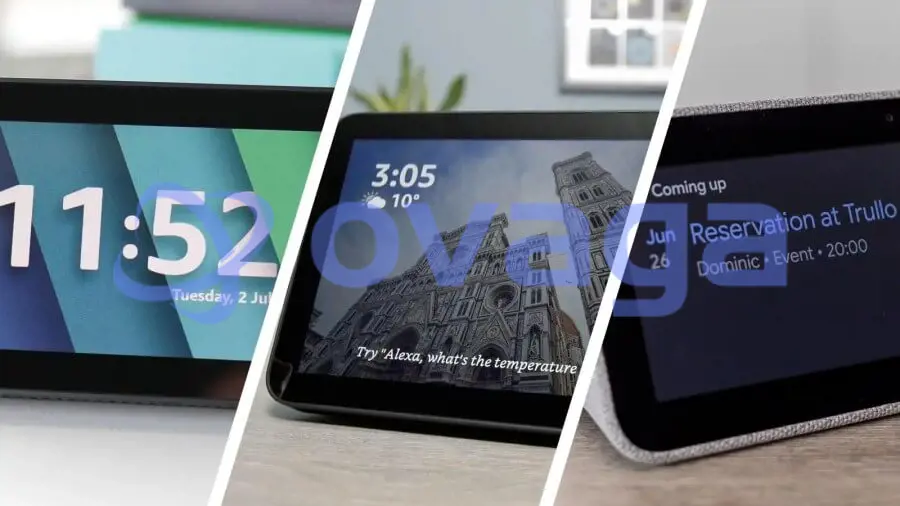
Projection surface: Not all surfaces in your home are ideal for displaying projected images. Colors, patterns and surface curvature (such as kitchen countertops or wallpaper) may distort or obscure the image. Higher brightness and algorithms such as TI DLP IntelliBright™ can help overcome the effects of surface geometry, color and pattern on the display.
Module size: The size of the speaker is a major system design consideration. The projection module needs to be integrated into a uniquely shaped and aesthetically pleasing design. The size of the optical engine depends primarily on its brightness, resolution and throw ratio. the DLP Pico™ optical engine is compact enough to be integrated into a smartphone or tablet, while some existing 100 lumen designs are as small as 50 cc.
Brightness: Since smart displays are often located near areas that are frequently walked around, such as the kitchen or living room, they need to be both aesthetically pleasing and unobtrusive. Integrated tablet size or larger flat panel displays often do not meet this criteria. However, DLP technology solves this challenge well with the ability to project large images from very small chips; for example, a single DLP chip can produce a crisp 30-inch image from a module of approximately 45 mm x 75 mm x 15 mm (just over 50 cc).
Resolution: The required resolution depends largely on the content of the information to be displayed and the desired image size. Resolutions as low as nHD (640 x 360) can be used for simple graphics and video, while qHD (960 x 540), 720p (1280 x 720) or higher resolutions are preferred for sharper displays.
Throw Ratio: The desired throw ratio depends on the position of the product relative to the image surface. Long-focus projection lenses typically have a throw ratio greater than 2:1. short-focus projection lenses typically have a throw ratio of 0.8:1 to 1:1, and ultra-short-focus projection has a throw ratio of less than 0.5:1. short-focus projection and short-focus projection lenses are ideal for devices where the projection surface is very close to the projection module.
DLP Pico Chipsets for Smart Display Applications
DLP Pico chipsets are available in a variety of sizes and resolutions to accommodate different display sizes, brightness requirements and resolutions. Pico projection offers a wide range of smart display options, including
- Ultra short-focus projection
- Standard-focus projection
- Surface projection
- Free surface projection
- Interactive
These options provide flexibility in the types of surfaces on which images can be displayed and can be designed for dual use, such as surface projection and ultra-short focus projection in one device. Start your design by evaluating the DLP Pico display technology with the evaluation module.
Conclusion
In conclusion, DLP Pico technology is a game-changer when it comes to creating superior smart display experiences. Its ability to deliver high-quality images, its small size and low power consumption, and its versatility make it an ideal choice for a wide range of applications.
Whether you're looking to enhance your home entertainment system or create an immersive experience for your business, DLP Pico technology is the way to go. So, if you haven't already, now is the time to embrace this innovative technology and take your display experience to the next level.
Extended Reading
 FAQ
FAQ
-
Q: What are some examples of devices that use DLP Pico technology?
A: DLP Pico technology is used in a wide range of devices, including smartphones, tablets, portable projectors, and smart displays. Some popular examples include the Samsung Galaxy Beam smartphone, the LG PH550 portable projector, and the Lenovo Smart Display.
-
Q: What are smart displays?
A: Smart displays are electronic devices that combine the features of a traditional display with the capabilities of a voice assistant. They typically have a touchscreen display and a speaker, and can be used to display information, play music, and control smart home devices.
-
Q: What is DLP Pico technology?
A: DLP Pico technology is a miniature projection technology developed by Texas Instruments. It uses a digital micromirror device (DMD) to project images onto a screen or surface. It is commonly used in small devices such as smartphones, tablets, and portable projectors.
Popular Blogs
-
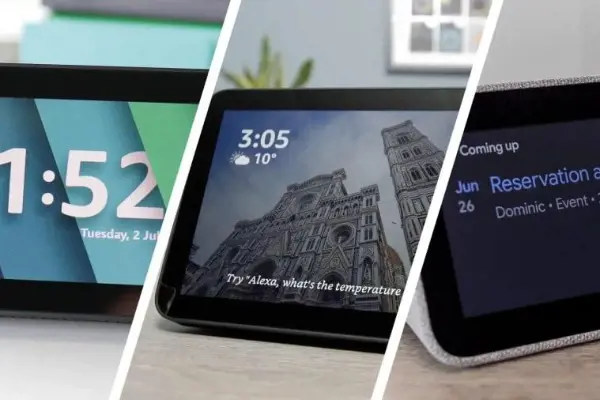
Creating a Superior ...
In today's world, technology has become an essen...
-
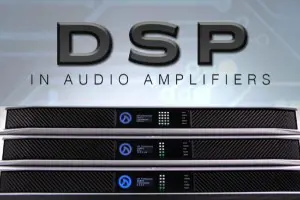
How the Integrated D...
In order to improve efficiency without affecting...
-
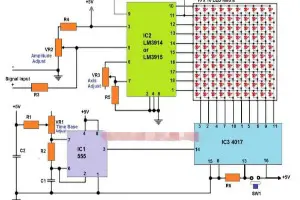
Simple LED Oscillosc...
The simple LED oscilloscope circuit presented in...
-
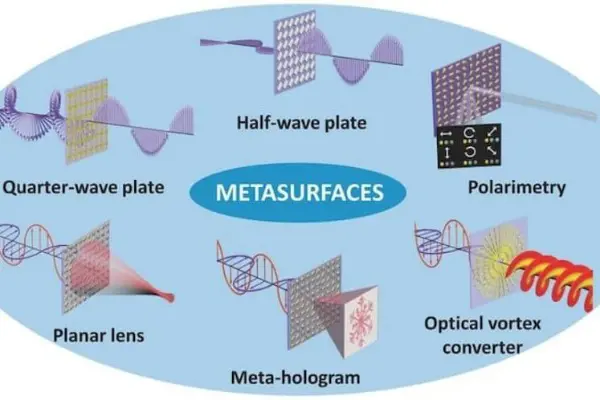
Could Super-surfaces...
A major focus of technological advances in many ...




